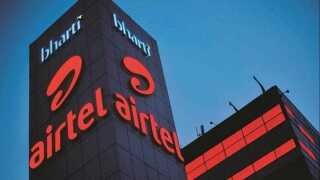The field testing began in Los Angeles yesterday showing download speeds of 741Mbps using 80MHz of aggregated spectrum.
In a further announcement T-Mobile also revealed that they are the first national wireless provider to offer LTE-U to its customers. LTE-U works by using publicly available 5GHz airwaves to bolster existing LTE capacity and give a speed boost to the existing 4G LTE network. LTE-U doesn’t require anything to be turned on or downloaded, it just works for T-Mobile customers in LTE-U locations with compatible smartphones.
LTE-U is live in a number of specific locations: Washington, New York, Miami, Las Vegas, Texas and California with more rolling out later this year. It also offers similar speed and capacity for consumers as with Carrier Aggregation, 256 Quadrature Amplitude Modulation and 4x4 MIMO with less licensed spectrum.
When the FCC-enabled LTE in unlicensed spectrum, enabling wireless providers to use unlicensed airwaves in the 5GHz band, T-Mobile immediately began the rapid rollout of new network hardware to support LTE in unlicensed spectrum. Devices and equipment that are LTE-U and LAA enabled, taps into and shares underutilised, unlicensed spectrum which does affect other users on the same band, or those using conventional Wifi.
Neville Ray, CTO at T-Mobile, said: “LAA is the just the latest example of how T-Mobile is innovating the way forward. While our competitors scramble to deal with the way unlimited data plans are slowing down their networks, we’re already moving on to what’s next. This means that the fastest LTE network – that’s T-Mobile – will only get faster. I hope AT&T and Verizon like eating our dust!”
LAA creates greater carrier aggregation than LTE-U, so mobile operators can combine larger amounts of unlicensed and licensed spectrum. T-Mobile plans to further densify its network with small cells which include LAA functionality starting later this year.








